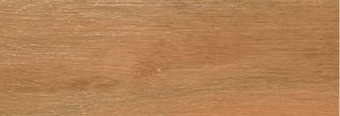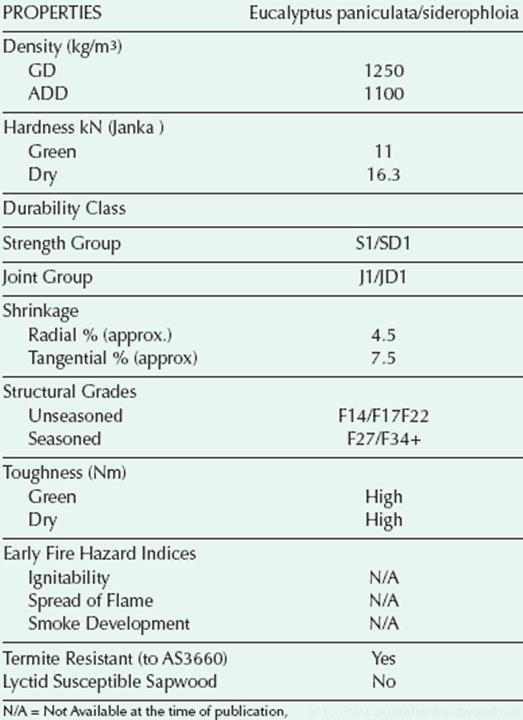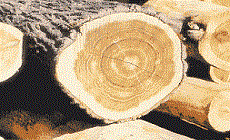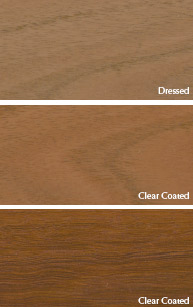GPEMS


About
We Are a family run Business that aim to help people in the purchase of Building products . With over 40 years expereince in the building supply industry we aim to do our best in helping people find the right product or at least point them in the right direction to companys that can help.
Brochures and links


Gallery









 <
<